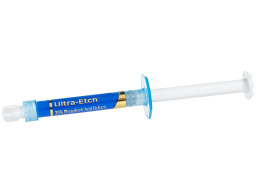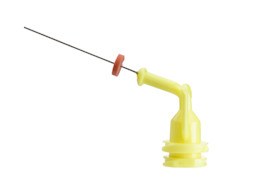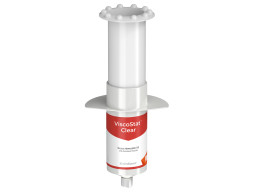Opalescence 10% whitening is now Opalescence™ Custom 10% (Non-PF) take-home whitening. Click the link below to learn more!
Shop Opalescence Custom 10% (Non-PF)Instructions for Use (IFU)
Safety Data Sheets (SDS)
Product Allergens
See any common allergens this product may contain >>Price breaks are offered on most items...
This amount is an estimate based on retail price. The actual amount due (shown at the final stages of your order) may be different from what is displayed here.
Return Policy
Items returned within 30 days of purchase with a return authorization number on the outside and inside of the return box will be credited 100%. Product returned between 31 and 60 days from purchase date is subject to a 20% restocking fee. Ultradent will not accept returns after 60 days. Errors in shipment must be reported within 14 days of invoice date. All return authorization numbers become invalid 90 days after date of issue. A return authorization number must accompany all returns to receive proper credit. Please contact Customer Service at 800.552.5512 for assistance.
Limited Warranty
Opalescence™ 10% whitening is now Opalescence™ Custom 10% (Non-PF) whitening! The new name is inspired by Opalescence Custom whitening’s flexible at-home treatment options. We’re keeping the 10% carbamide peroxide concentration in Mint and Regular flavors, so you can continue customizing teeth whitening plans to your patients’ lifestyles and teeth sensitivity concerns. Opalescence Custom whitening is used with custom trays or retainers and comes in easy-to-use syringes with a fresh new look.
Every smile is unique, so give your patients the customized whitening they deserve. Order Opalescence Custom 10% (Non-PF) whitening today and look forward to brighter smiles and better days.
Listed below is each Opalescence 10% whitening product along with its new version in Opalescence Custom 10% (Non-PF) whitening:
| Looking for this? | Find it here! |
|---|---|
| Opalescence 10% Mint Patient Kit 5361-US | Opalescence Custom 10% (Non-PF) Mint Patient Kit 6250-US |
| Opalescence 10% Regular Patient Kit 5363-US | Opalescence Custom 10% (Non-PF) Regular Patient Kit 6251-US |
| Opalescence 10% Mint Refill 5391-US | Opalescence Custom 10% (Non-PF) Mint Refill 6265-US |
| Opalescence 10% Regular Refill 5393-US | Opalescence Custom 10% (Non-PF) Regular 6266-US |









